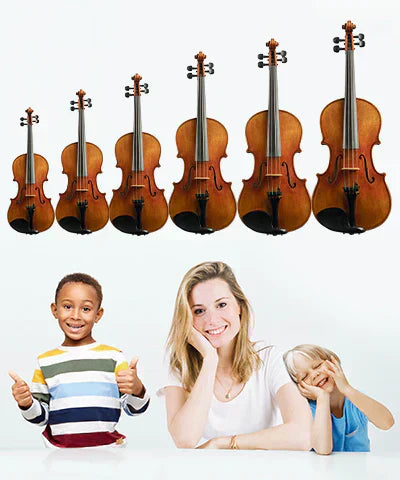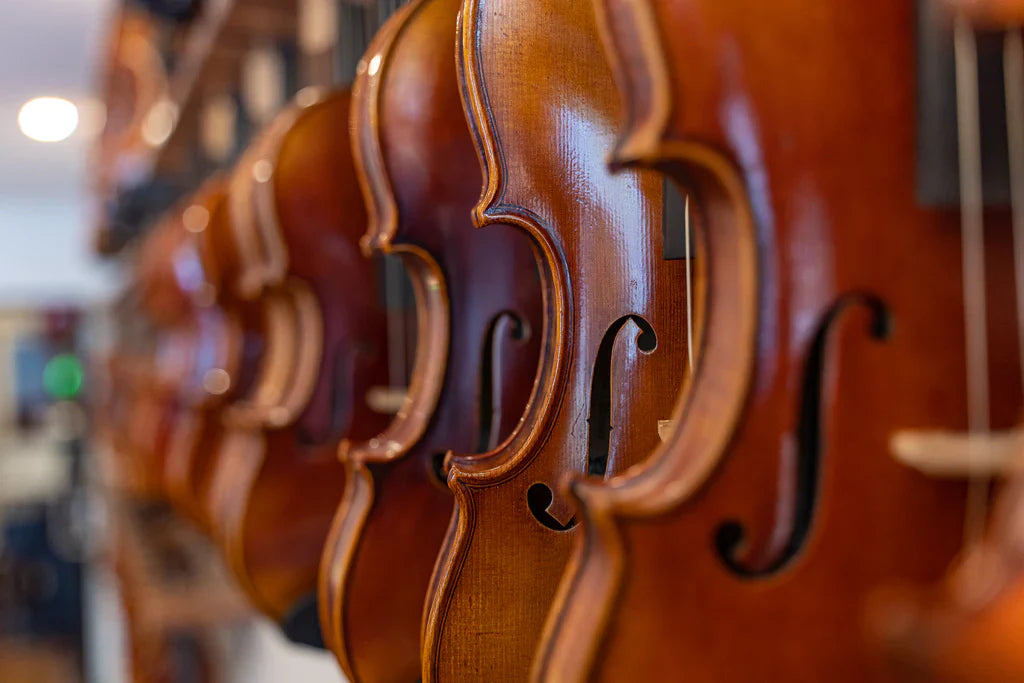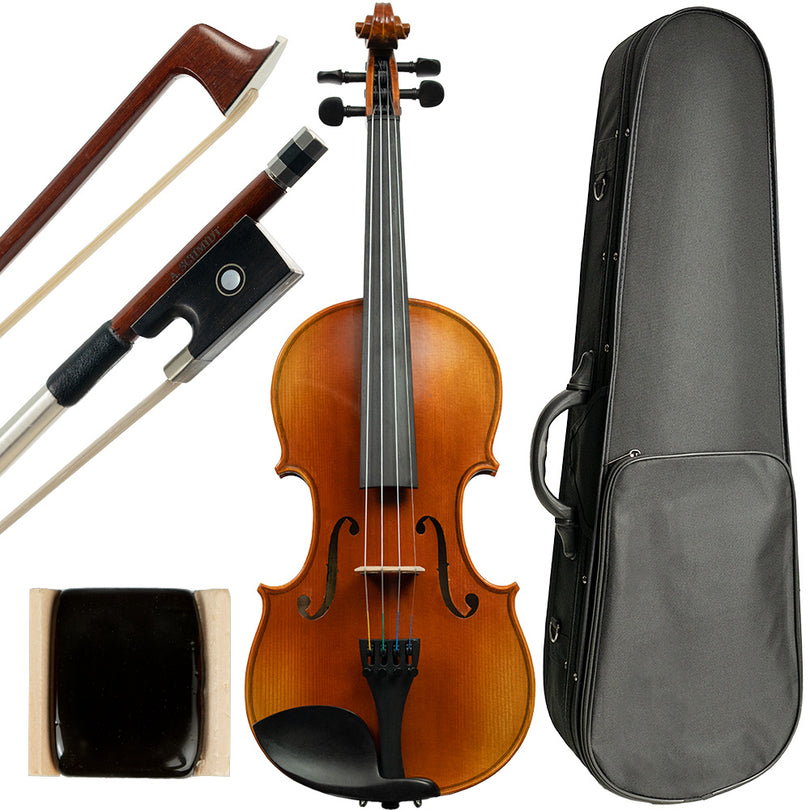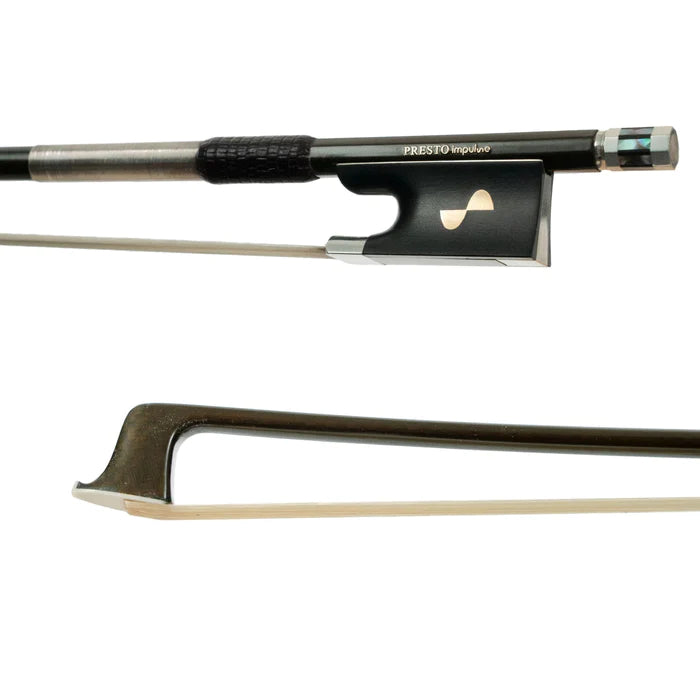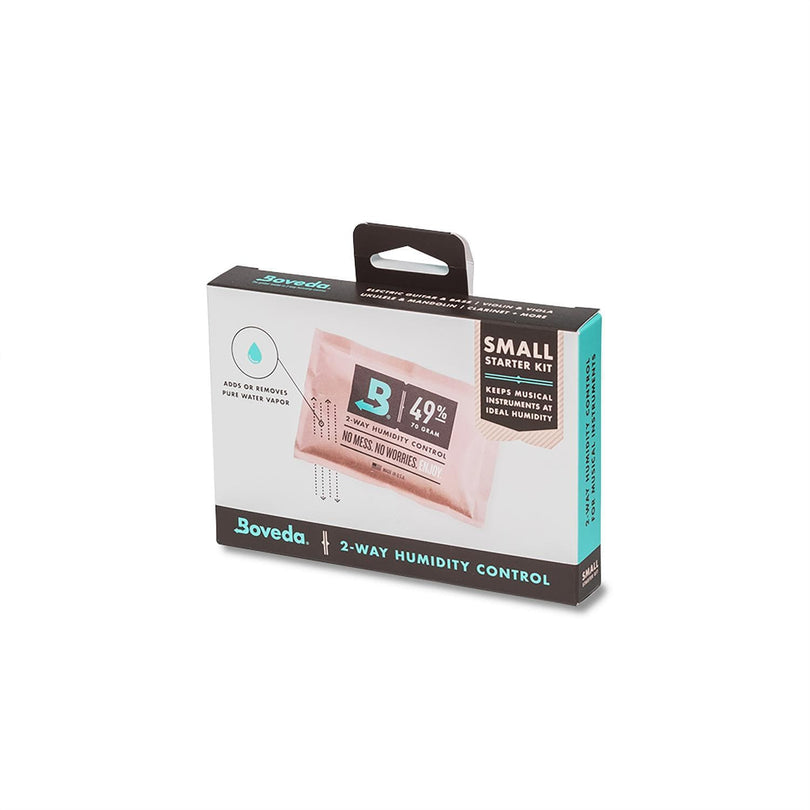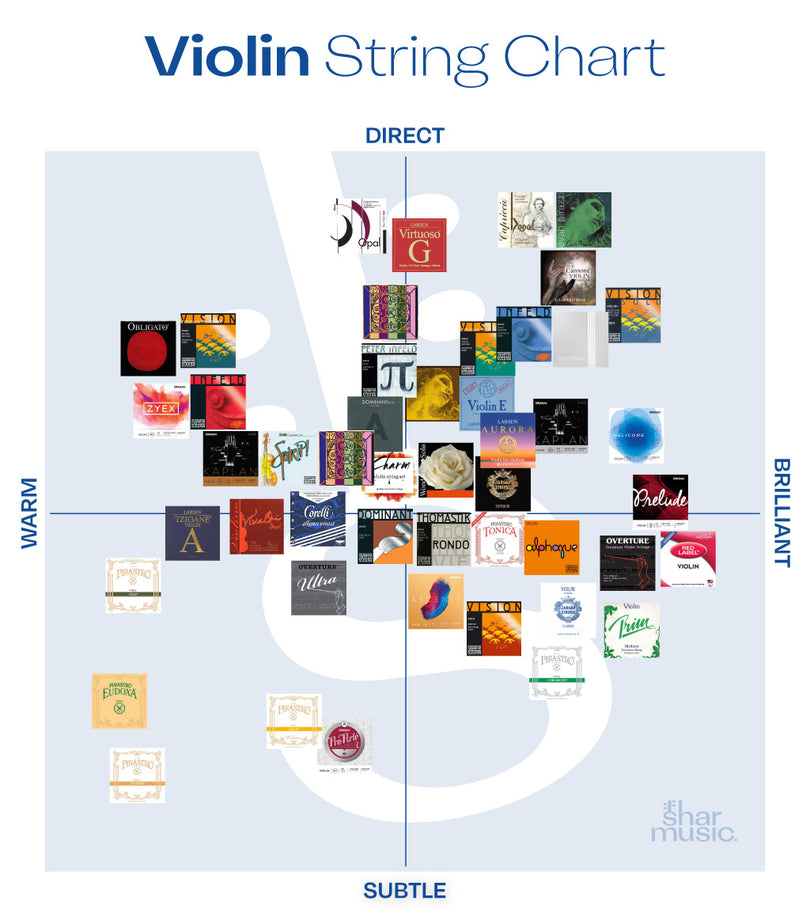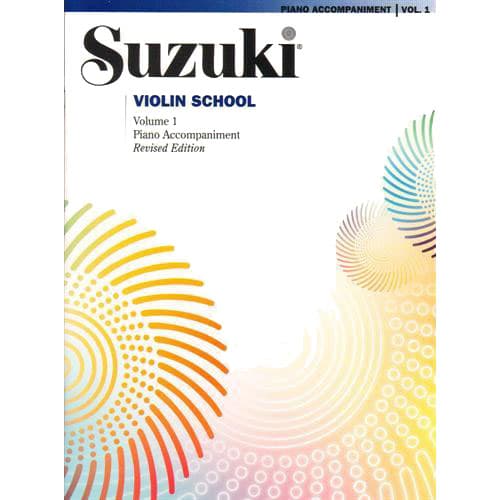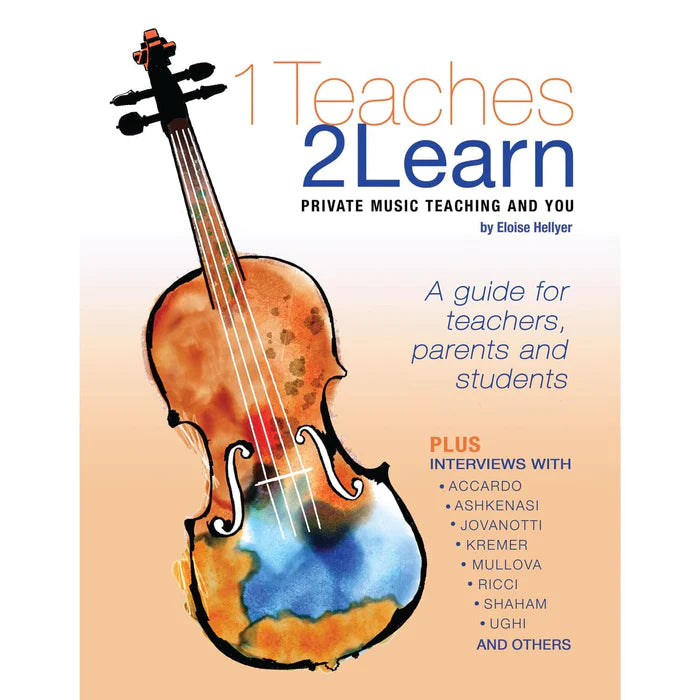🎶 What’s the Difference Between a Fiddle and a Violin?
It’s a question that’s sparked more than a few music store conversations:
Is a fiddle the same thing as a violin?
The short answer? Yes.
The long answer? Also yes—but with some nuance.
Whether you’re playing Bach in a recital hall or jamming out bluegrass on a festival stage, you’re likely holding the same instrument: a violin. But context, musical style, and even setup can influence what people call it—and how they use it.
Let’s break it down.
🎼 “Fiddle” and “Violin” Are Technically the Same Instrument
That’s right: there is no structural difference between a fiddle and a violin.
Legendary luthiers like Stradivarius crafted “fiddles,” and virtuosos like Paganini played them—just under a different name. The term “fiddle” is simply an informal or genre-specific way of referring to a violin. So yes, every violin is a fiddle, and every fiddle is a violin.
🎻 So Why the Distinction?
The real difference comes down to musical context.
When people talk about playing “fiddle music,” they’re usually referring to non-classical genres such as:
-
Bluegrass
-
Americana
-
Irish or Scottish folk
-
Old-Time
-
Cajun or Zydeco
-
Country swing
In these styles, players may approach technique, tone, and setup a bit differently—not because the instrument changes, but because the demands of the music do.
🛠️ What Is a “Fiddle Setup”?
Many fiddlers customize their violins to better suit fast rhythms, double stops, and improvisation-heavy playing. These tweaks are often referred to as a fiddle setup.
Here are a few common adjustments:
🔹 Flattened Bridge
Fiddle tunes often involve rapid string crossings and rhythmic drones.
A slightly flatter bridge makes it easier to play multiple strings at once, especially in fast reels or jigs.
🎯 Teachers' Tip: Students interested in fiddle styles can consult their luthier about modifying the bridge—not all flattening is created equal!
🔹 Steel Core Strings
Fiddlers typically prefer steel core strings because they:
-
Produce a brighter, more focused tone
-
Offer quick response
-
Cut through a lively, often amplified environment
Some favorites among fiddle players:
-
D’Addario Helicore – A go-to for steel clarity and stability
-
Thomastik Vision – Bright, punchy synthetic-core option for added warmth
🔹 Amplification Options
From porch jams to full-on stage shows, volume matters. Many fiddlers add pickups or use electric violins to keep up with other instruments (and dancing feet!).
Top picks:
-
Realist Copperhead Pickup – Excellent for preserving the natural sound of your acoustic violin
-
Acoustic-electric violins – Perfect for plugging in without compromising tone
💡 Final Thoughts: It’s Not What You Call It—It’s How You Play It
So… is it a fiddle or a violin?
Yes.
While the instrument remains the same, your style, setup, and tradition shape the language you use. Classical violinists and folk fiddlers alike are part of the same incredible bowed-string family—we just express our artistry a little differently.
And that’s the beauty of it.
🎵 Ready to explore fiddle styles or adjust your violin for a new genre?
Check out Shar Music’s collection of strings, bridges, and amplification gear to craft your perfect setup.



